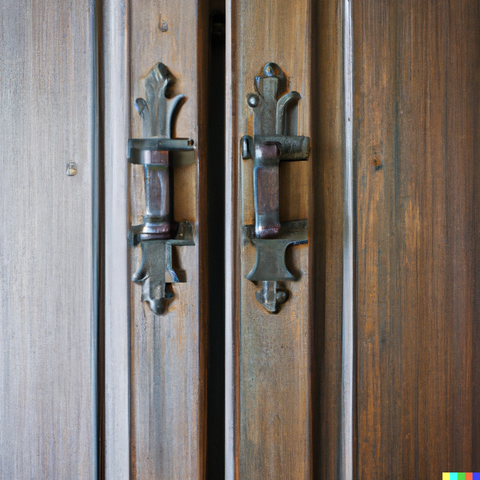The Difference Between Structural and Decorative Door Hinges
Door hinges serve as essential components for any door installation, providing support and allowing smooth opening and closing movements. Hinges come in various types, each designed to meet specific functional and aesthetic requirements. Two common types of door hinges are structural and decorative hinges. Understanding the differences between these two types can help you choose the right hinges for your doors. In this article, we will explore the characteristics, functions, and various applications of structural and decorative door hinges.
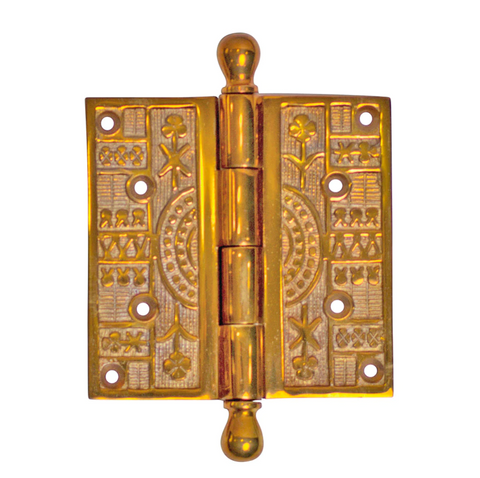
What are Structural Door Hinges?
Structural door hinges, also known as butt hinges, are primarily designed for strength and durability. They are built to withstand heavy doors and high-traffic areas. Often made of stainless steel or brass, these hinges possess superior load-bearing capabilities.
Structural hinges consist of two leaves connected by a pin, allowing rotation of the door. They are usually rectangular or square in shape and feature smooth, flat surfaces. The thickness of the hinge leaf determines its load-bearing capacity. Typically, structural hinges are flush-mounted and recessed into the door and door jamb.
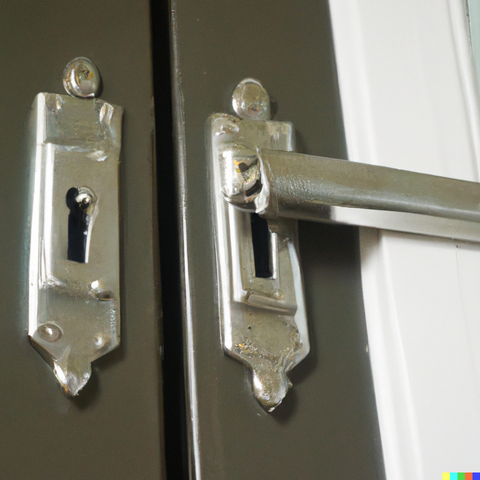
Characteristics and Functions of Structural Door Hinges:
- Load-bearing capacity: The primary characteristic of structural hinges is their ability to bear heavy weights. They are commonly used for solid doors made of wood, metal, or composite materials.
- Durability and longevity: Structural hinges are designed to withstand constant use without losing strength or functionality. They are engineered with heavy-duty materials to ensure their long lifespan.
- Security: Structural hinges provide enhanced security as they are more difficult to remove compared to other hinge types. The concealed mounting design prevents unauthorized tampering, reinforcing the door's integrity.
- Standardized dimensions: Structural hinges usually adhere to industry-standard dimensions, making it easier to find replacements or upgrades when needed.
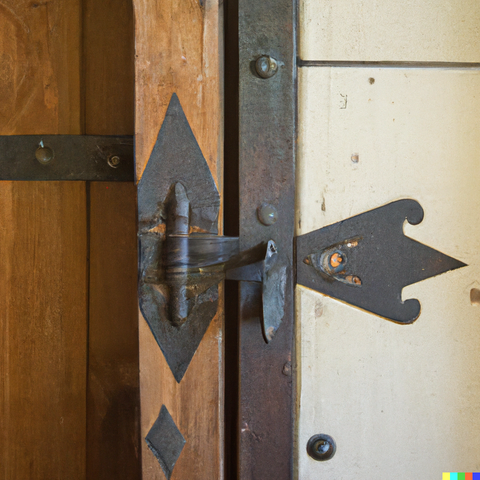
Applications of Structural Door Hinges:
- Commercial and industrial doors: Structural hinges are commonly installed in commercial establishments, factories, warehouses, and other structures that require heavy-duty doors.
- Exterior doors: As exterior doors are exposed to harsh weather conditions and are subject to higher stress levels, structural hinges are often used to ensure durability and stability.
- Heavy interior doors: These hinges are suitable for heavy interior doors, such as those found in libraries, museums, or conference rooms, where aesthetics alone are not the primary consideration.
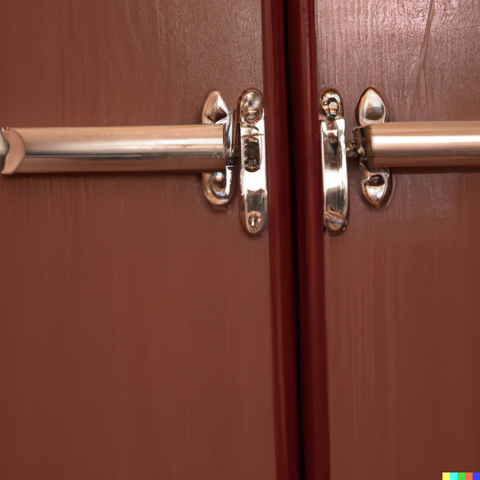
What are Decorative Door Hinges?
Decorative door hinges, as the name suggests, are primarily used for aesthetic purposes rather than structural support. While they still provide functionality, these hinges are designed to enhance the overall appearance of the door and surrounding decor. Decorative hinges are available in various finishes, styles, and designs, making them versatile options for adding visual interest to any door.
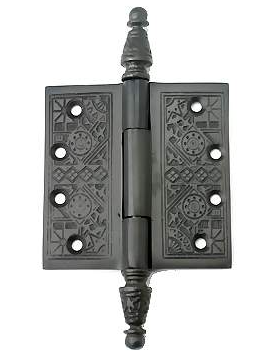
Characteristics and Functions of Decorative Door Hinges:
- Aesthetic appeal: Decorative hinges come in a wide range of styles, from traditional to contemporary, and can be customized to match your specific interior or exterior design theme. They often feature intricate details, such as embossing, engraving, or patterns, enhancing the door's overall aesthetics.
- Versatility: These hinges can be used on both light-duty and medium-duty doors. While they may not possess the same load-bearing capacity as structural hinges, they still function adequately for normal door usage.
- Finish options: Decorative hinges are available in numerous finishes, including brass, chrome, antique copper, black, and more. This variety allows for customization, ensuring a cohesive door design that complements other hardware and decor elements in the space.
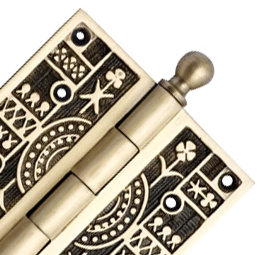
Applications of Decorative Door Hinges:
- Residential doors: Decorative hinges are widely used in residential applications, particularly for interior doors like bedroom, bathroom, and closet doors. They add a touch of elegance and style, elevating the overall aesthetic of the space.
- Light-duty doors: These hinges are suitable for doors that do not have a significant weight or foot traffic. For instance, decorative hinges may be used on kitchen cabinet doors, where aesthetics play a vital role.
- Architectural accents: Decorative hinges can be utilized as architectural accents on furniture pieces, such as cabinets, chests, and shelving units, to add visual appeal and create a cohesive design theme.
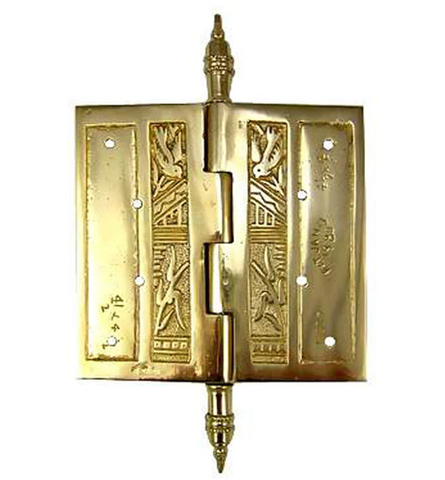
In summary, understanding the differences between structural and decorative door hinges can help you choose the right type for your specific needs. Structural hinges are designed for heavy-duty applications, providing durability, security, and load-bearing capabilities. On the other hand, decorative hinges serve primarily as aesthetic enhancements, offering a wide variety of finishes, styles, and designs to match any decor. By considering the functional requirements and aesthetic preferences, you can select the most appropriate hinges for your doors, ensuring both functionality and visual appeal.
